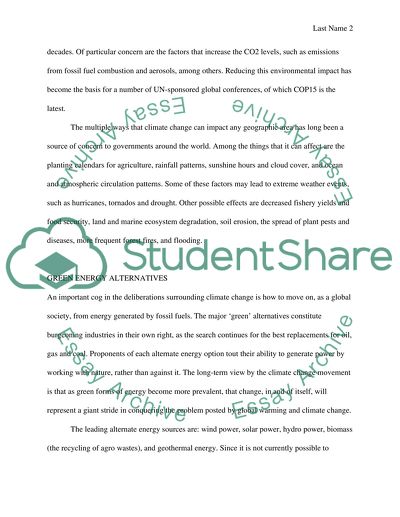Cite this document
(“The copenhagen conference on climate change: preparations and possible Essay”, n.d.)
The copenhagen conference on climate change: preparations and possible Essay. Retrieved from https://studentshare.org/miscellaneous/1560273-the-copenhagen-conference-on-climate-change-preparations-and-possible-outcomes
The copenhagen conference on climate change: preparations and possible Essay. Retrieved from https://studentshare.org/miscellaneous/1560273-the-copenhagen-conference-on-climate-change-preparations-and-possible-outcomes
(The Copenhagen Conference on Climate Change: Preparations and Possible Essay)
The Copenhagen Conference on Climate Change: Preparations and Possible Essay. https://studentshare.org/miscellaneous/1560273-the-copenhagen-conference-on-climate-change-preparations-and-possible-outcomes.
The Copenhagen Conference on Climate Change: Preparations and Possible Essay. https://studentshare.org/miscellaneous/1560273-the-copenhagen-conference-on-climate-change-preparations-and-possible-outcomes.
“The Copenhagen Conference on Climate Change: Preparations and Possible Essay”, n.d. https://studentshare.org/miscellaneous/1560273-the-copenhagen-conference-on-climate-change-preparations-and-possible-outcomes.


